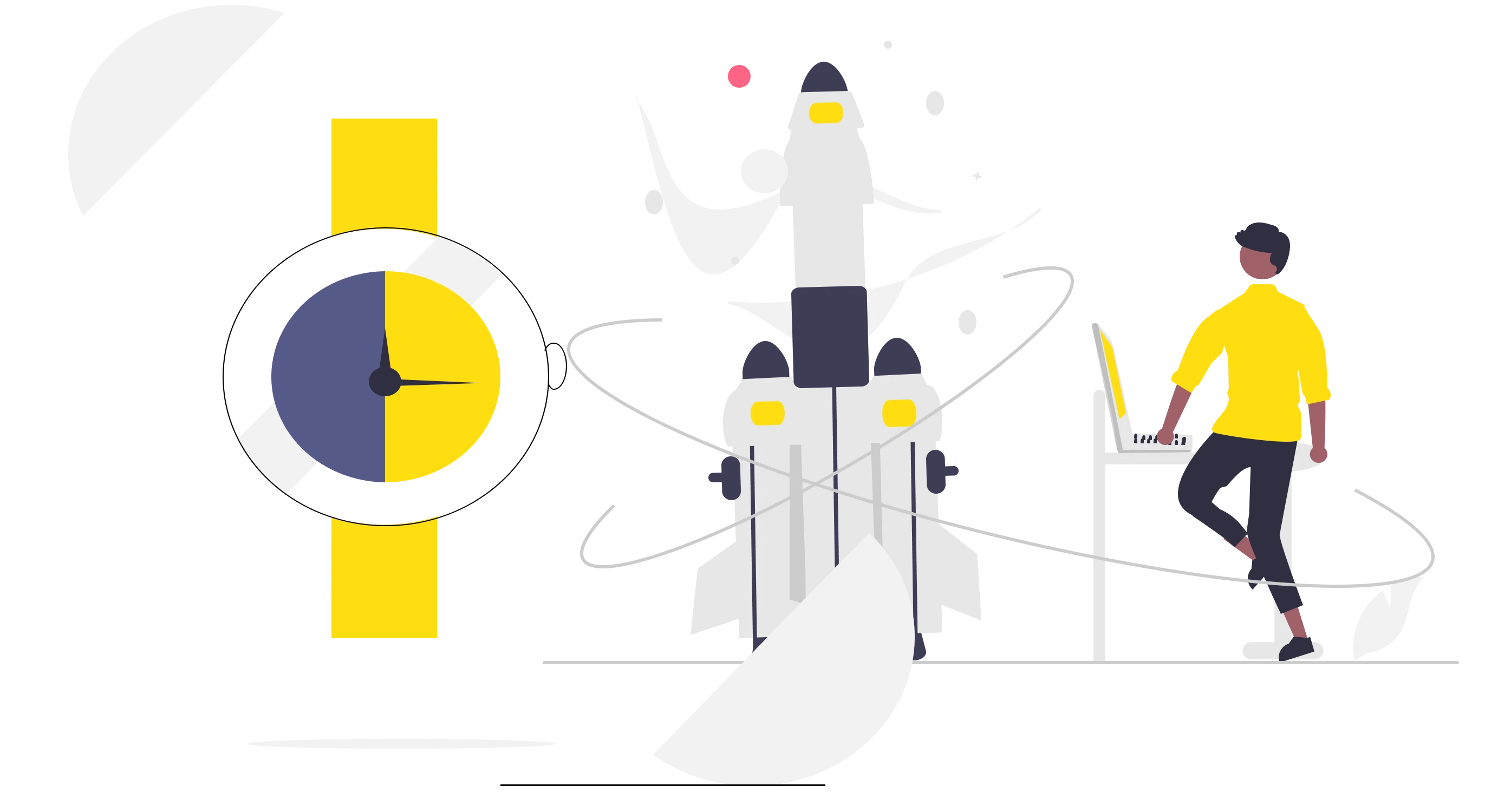Laying the groundwork for data-informed design.
Overview
Problem
At CarEdge, achieving product-market fit was about more than gathering user input; it was about synthesizing feedback and identifying gaps to understand the user journey and make informed product decisions.
Solution
I developed a UX research framework that balanced depth with agility:
Foundational knowledge to guide our strategy outside immediate product feedback.
Targeted research to refine designs with user input.
Learning loops for real-time, continuous feedback from users.
Living library for accessible and actionable insights.
Impact
This framework enabled us to:
Identify and act on product improvement opportunities.
Make informed design decisions with timely user feedback.
Prioritize and adjust long-term product roadmap.
Keep a consistent pulse on user satisfaction.
Foster a culture of transparency and shared learning.

CarEdge (formerly YAA) is a seed-stage startup with a goal of empowering car buyers to get the best deal on a buying a car. CarEdge is a top 50 automotive website with a media arm that generates millions of monthly views.
Role & Responsibilities
As Head of Product Design, I played a lead research role: initiating, executing, and communicating across the organization.
Techniques & Tools
Experience mapping
Persona development
Workshop facilitation
Moderated interviews (User Interviews)
Unmoderated interviews (UserZoom & UserTesting)
Questionnaire development (Typeform)
Tagging & taxonomy (Dovetail)
Foundations
Automotive experience map
The experience map visualized the entire end-to-end experience of buying, owning, and selling a car. This foundational document guided:
Innovation: Informed the creation of new features such as a DIY car buying tool.
Enhancement: Led to the refinement and optimization of existing site features.
Understanding: Refined our target user persona.
Research activities
1. Car Coach Insights: CarEdge Car Coaches, who guide hundreds of users through the car buying process each week, shared insights based on their extensive experience.
2. Synthesis: Activities, stages, and roles were clustered, making note of significant quotes and tactics.
3. Further iteration: We enhanced the map with additional interviews, expanding our scope to include ownership and selling phases.
A closer look
User persona & archetype
The experience map visualized the entire end-to-end experience of buying, owning, and selling a car. This foundational document guided:
Innovation: Informed the creation of new features such as a DIY car buying tool.
Enhancement: Led to the refinement and optimization of existing site features.
Understanding: Refined our target user persona.
A closer look
Targeted Research
Car buying mental model
Synopsis: Uncovering potential business opportunities from generative research to map the consumer car buying experience. Living document
Car Buying Advocates (4)
Members and Non-members
Techniques: Generative research; open-ended interviewing, affinity mapping; mental modeling
Dovetail/Auto Advocate Interviews
Learning Loops
Automated feedback & NPS
Continuous learning enabled us to align with user needs. Automated questionnaires and NPS scores provided critical insights across the membership lifecycle, informing our product decisions.
Automated feedback
Upon membership sign-up, users received a questionnaire to detail their buying situation, shaping features like the CarEdge Report and offering insights into buying behaviors.
Initial Feedback: View sample results
Feedback for Feature Development: View updated results
NPS insights
NPS collection at key points, such as upgrading or cancelling memberships, gauged satisfaction and highlighted improvement areas. Monthly NPS scores were shared on Slack, promoting quick customer service responses and collective insight sharing.
Upgrade NPS: View report
Cancellation NPS: View report
This feedback loop directly influenced product improvements and strategy. While fostering a responsive culture, we balanced the insights to avoid reactive decisions and maintain strategic focus.
Living Library
Car buying mental model
Synopsis: Uncovering potential business opportunities from generative research to map the consumer car buying experience. Living document
Car Buying Advocates (4)
Members and Non-members
Techniques: Generative research; open-ended interviewing, affinity mapping; mental modeling
Dovetail/Auto Advocate Interviews

Key learnings
CSAT > NPS
Historically, user research was not rigorous, and as a result not taken seriously. To shift this perception, I kicked off every all-hands presentation by revisiting the learning goals and highlighting the thoughtful selection of our recruits.
This approach demonstrated that our research, no matter how quick, was performed with meticulous attention to detail.
Corporate taxonomy
Research was never conducted in isolation; anyone involved in the concept and design was required to attend at least one session.
By welcoming everyone to user interviews, we sparked (often lively!) team discussions, creating a collective sense of ownership. Plus, having research easily accessible on the internal site meant anyone could dive in and discover something new at any time.
Constructive feedback fuels iteration.
Receiving user feedback can be tough, especially for designers and engineers deeply invested in their work. If a feature didn’t quite hit the mark but the underlying idea had merit, I focused on the silver linings.
Reminding the team that design is all about iteration helped. An idea that doesn’t fit right now is not off the table; it might be perfect for another moment down the line.